“The American Petroleum Institute (API), Canadian Association of Petroleum Producers (CAPP) and the Mexican Association of Hydrocarbon Companies (AMEXHI) today outlined their shared policy positions on further strengthening the competitiveness of the North American energy industry under the North American Free Trade Agreement (NAFTA). In a joint paper, the three organizations, who collectively represent more than 750 international oil and gas companies in the U.S., Canada, and Mexico, highlighted their support for market-oriented policies and opportunities for commercial growth and job creation.”
““The natural gas and oil industry across North America is united in our support for NAFTA and the significant consumer, economic and security benefits it generates,” said API President and CEO Jack Gerard. “As the energy flows between our countries continue to grow, it’s important to highlight the critical role NAFTA has played in facilitating cross-border trade and investment in energy. The positions we put forward today reinforce our commitment to the energy trade alliance under NAFTA, which supports jobs and manufacturing in energy, helps to make energy more affordable, and enhances our energy security.””
““It is imperative to maintain fully reciprocal market access for Canadian oil and natural gas between Canada and the U.S., as well as enhance trade with Mexico,” said CAPP President and CEO Tim McMillan. “Since NAFTA’s inception in 1994 our three nations’ economies have become interconnected and integrated. The logic in supporting a free trade zone is more compelling today than ever before which is reflected in our joint position to strengthen our deep trade relationship for all three countries.””
““After Mexico’s Energy Reform, NAFTA itself enabled much of the investment attraction, infrastructure development and a more intensive commercial exchange,” said AMEXHI President Alberto de la Fuente. “The synergy between NAFTA and the Energy Reform in Mexico is essential to attract investments, develop integrated value chains and increase North America’s economic competitiveness.””
“The joint paper outlines the North American oil and natural gas industry’s positions on specific policy areas of NAFTA, including the preservation of tariff reduction and elimination in the trade of energy products, market access, a modernized system of certificates of origin, regulatory cooperation, and fully liberalized trade across North America. It also highlights the support for preserving provisions for strong investment protections and Investor-State Dispute Settlement (ISDS), including rules that restrict expropriation of investments and that provide for prompt, adequate and effective compensation when expropriation does occur.”
“The joint position paper is available on API’s website here. To learn more about the benefits of North American energy integration, click here.”
“API, CAPP, and AMEXHI work on behalf of our international oil and gas member companies to enhance the opportunities for oil and natural gas production and manufacturing and improve the competitiveness of the industry in North America and in the worldwide economy. The three organizations combined represent over 750 international oil and gas member companies, and support opportunities for economic growth and job creation under NAFTA.”
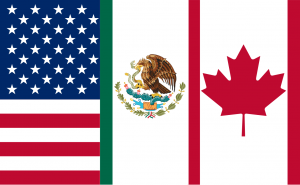
SOURCE: The American Petroleum Institute (API)
 “The storm is striking a region that has a cluster of refineries that process 5 million barrels of oil a day. By Friday, about 1 million barrels a day of crude and condensate refining capacity in Texas had been shut down by companies including Valero Energy Corp., according to company statements, government releases and people familiar with the situation. About 22 percent of Gulf of Mexico oil production had also been shuttered, along with the port of Corpus Christi, which ships the largest amount of U.S. crude overseas.”
“The storm is striking a region that has a cluster of refineries that process 5 million barrels of oil a day. By Friday, about 1 million barrels a day of crude and condensate refining capacity in Texas had been shut down by companies including Valero Energy Corp., according to company statements, government releases and people familiar with the situation. About 22 percent of Gulf of Mexico oil production had also been shuttered, along with the port of Corpus Christi, which ships the largest amount of U.S. crude overseas.”
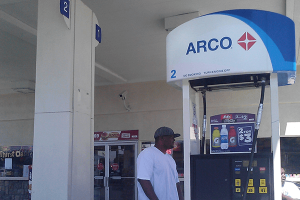 “The move comes at a time when many foreign companies are opening gas stations or entering into distribution and supply deals in Mexico. London-based oil giant BP opened a gas station in a Mexico City suburb were eager drivers endured long lines to fill up their tanks at its debut in March. San Antonio-based refining company
“The move comes at a time when many foreign companies are opening gas stations or entering into distribution and supply deals in Mexico. London-based oil giant BP opened a gas station in a Mexico City suburb were eager drivers endured long lines to fill up their tanks at its debut in March. San Antonio-based refining company 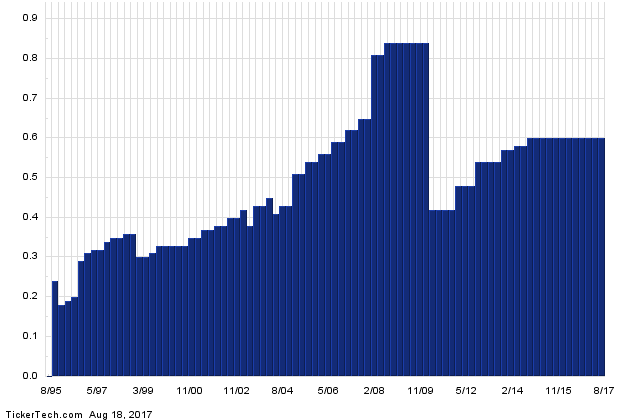
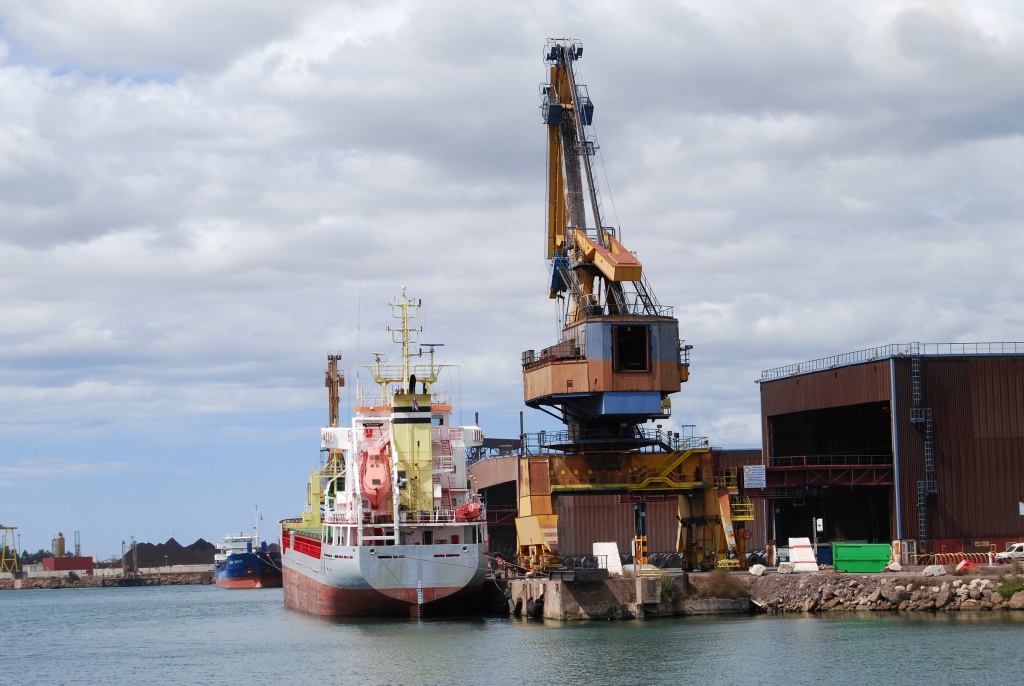
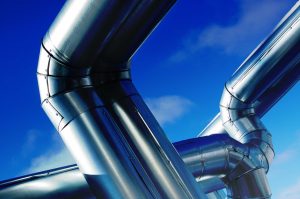 “Imports of U.S. petroleum products over the first four months of 2017 were up over 125 percent year-on-year. Mexico is in the process of expanding its refined products pipelines and terminals, and allowing outside access to existing assets.””
“Imports of U.S. petroleum products over the first four months of 2017 were up over 125 percent year-on-year. Mexico is in the process of expanding its refined products pipelines and terminals, and allowing outside access to existing assets.””

 In an era of higher oil prices, companies loaded up oil exploration sites with expensive custom-made extras. But they are moving forward now with stripped-down projects featuring standardized designs aimed at cutting costs.
In an era of higher oil prices, companies loaded up oil exploration sites with expensive custom-made extras. But they are moving forward now with stripped-down projects featuring standardized designs aimed at cutting costs.